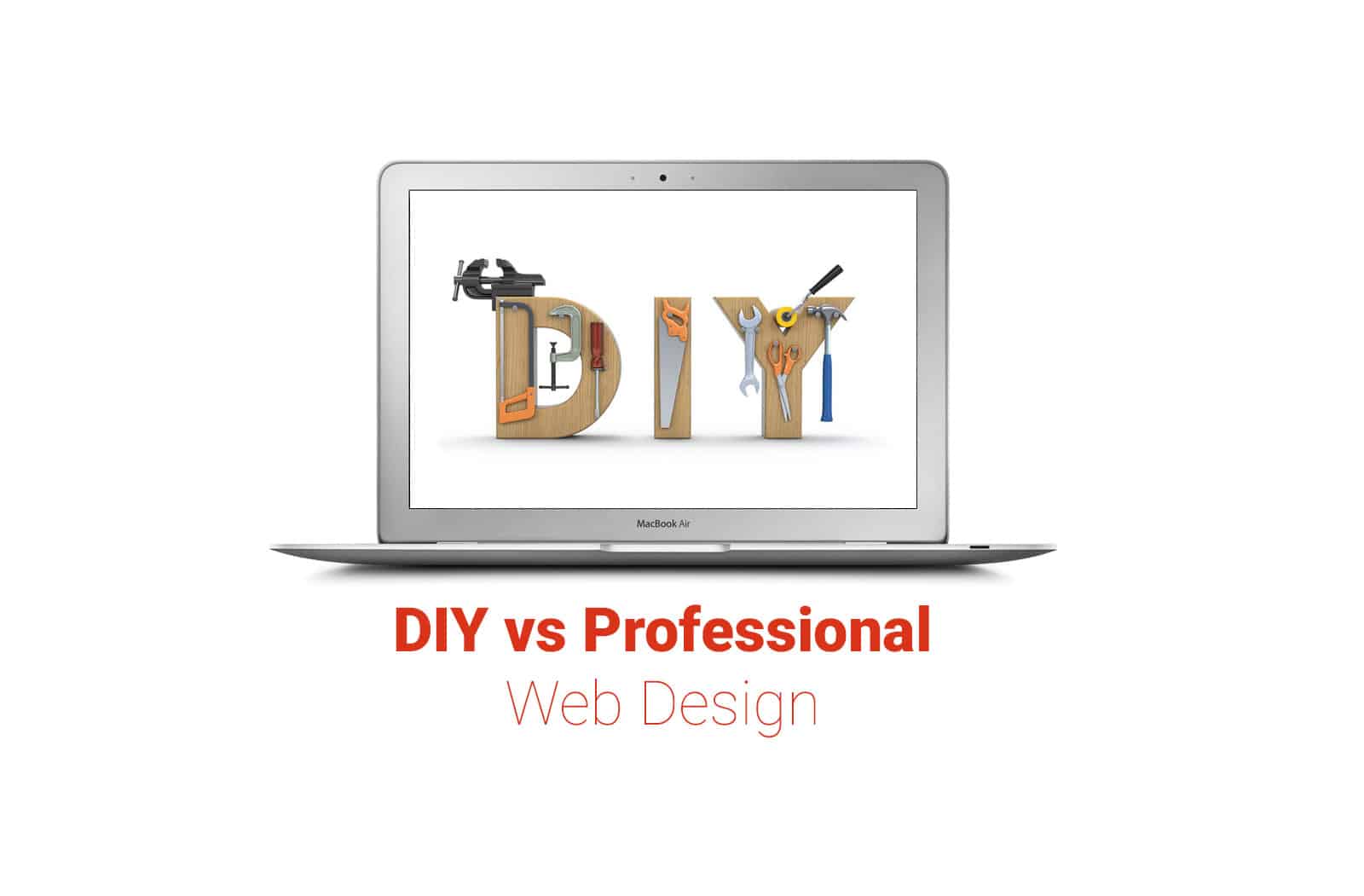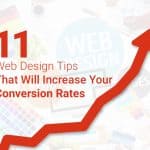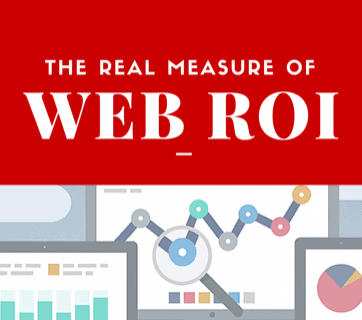
Your website can be the most important marketing tool your business can have. It is your 24/7 advertising, customer service, and sales departments...
A website can be the most important marketing tool your business can have. It is your 24/7 advertising, customer service, and sales department. So when it’s time to design or re-design your website you will want to research whether it’s best to go DIY (do-it-yourself) or with a professional web designer. Here are some tips to help you:
Goals for your website design
You first need to determine what you need your website to do. Are you an online retail store that will need e-commerce? Do you need a site that will give visitors information? Sign up for a blog or newsletter? Gather lead information? These answers will tell you how in depth and technical your site will need to be.
Your website should:
- Represent your business
- Be easy to find in search engines
- Be easy to update
- Convert to sales/leads
If your current website doesn’t do all of these things, then you need a redesign.
Factors to consider
Professional website designers are just that, professionals who will guide you through and build your site for you. DIY can range from building it yourself from scratch and writing your own HTML code to using a plug and play type program, like Squarespace or WordPress.com, that allows you to just fill in some blanks and you are up and running in minutes. Unless you are schooled in coding and this is your business, we don’t recommend trying to build it from scratch, so we will focus on the website builder programs here. Keep in mind that much like in home improvement DIY, once into a web development project you can find it is more than you bargained for.
COST: The biggest reason most businesses choose to go the DIY route is cost. Many professional web developers will charge a large upfront cost where the DIY sites are typically a low monthly fee. When considering cost, however, think about all the factors. If your site is not attracting customers or if your Calls-to-Action are not high quality and cause your traffic to bounce, it is costing you money. The average lifespan of a website is 3-4 years before it needs to be redesigned. If your DIY site does not last that long because of its functionality or quality issues then you need to factor that time and resource cost into your decision. Compare the monthly cost of a DIY site to the 4-year investment of a professionally designed website.
“It can really take only a few minutes to make your site go live. However, some require a bit of set up time and you must maintain it yourself…”
TIME & STAFFING: The two biggest selling points for DIY programs are cost and time so these two factors go hand in hand. GoDaddy boasts that their software will let you “create a website in no time at all.” It can really take only a few minutes to make your site go live. However, some require a bit of set up time and you must maintain it yourself, so add time to both the Pros and Cons columns when weighing the options for DIY. One of the biggest concerns for DIY is that you are using staff time to create and maintain a website that you may not be able to afford to lose. Using employee man hours in training to use and maintain it may end up costing you more money than you save.
QUALITY AND FUNCTIONALITY: While some of the DIY sites have very professional looking templates, they still have a tendency to look “homemade”. These “closed source” types of programs have limited functionality and plugins which may not reach the goal you intend for your website. This makes it very difficult to customize your website. E-commerce sites are the most difficult to create with DIY programs. Remember that your company’s reputation hinges on your website, don’t lose sales with a less than stellar site.
EASE OF EDITING: Most DIY sites make it easy and quick to make edits and additions to your site meaning you don’t have to call your web designer every time you want to make a small change. WordPress may require some intermediate technical skills, however it makes it very simple to change the complete look of your site simply by changing the skin and all the content stays the same.
SHARED HOSTING AND NO BACKUP: Website builder software programs will host your site on their servers, so you don’t have full control of your content. Typically, they also do not allow you to back up your site fully meaning you won’t be able to take your site to another server.
SEO: Search engine optimization is an important part of your website. If customers can’t find you, they can’t convert to sales. Professional web developers will create a web presence that helps to drive traffic to your site.
As you see, there are many factors to consider in deciding who should design your website. Ultimately it comes down to which option will grow your business and make, not save, your company the most money.
If you need more help in determining which route is best for your business, then please contact us for more information.
HAVE QUESTIONS ABOUT YOUR NEXT PROJECT?




